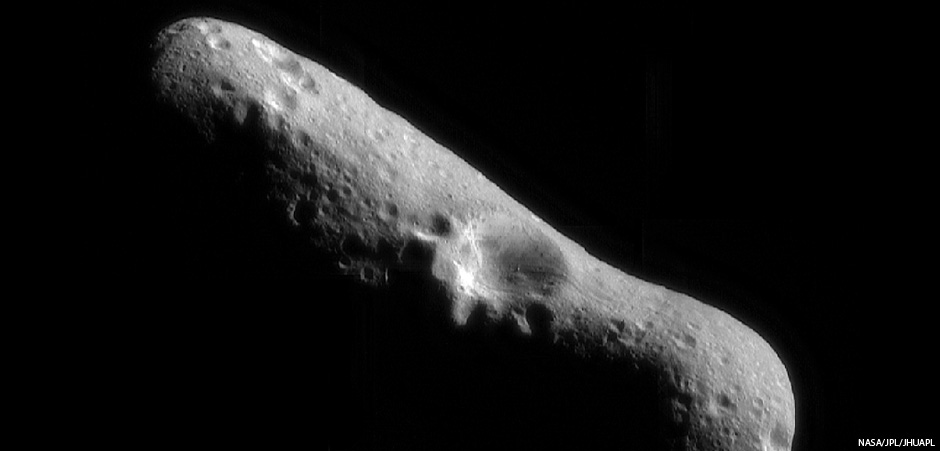
New Orleans Citizen Cops
Recently, many U.S. cities have experienced a shortage of police officers. Some departments have responded to this shortage by relaxing restrictions against tattoos, piercings, or facial hair in order to expand the number of candidates. Other departments have raised salaries, offered extra payments for new candidates, and improved benefits packages. The New Orleans police department is taking a different approach to boost its numbers: hiring civilians.
The New Orleans police department lost 150 officers in 2021. It plans to hire fifty to seventy-five civilians to help reduce current patrol officers’ workload. Civilians won’t be going out on patrol or carrying weapons. But they will be able to respond to nonviolent calls that don’t require an officer to be there. This means they can secure loose pets or take a report after a nonviolent theft. They will also be able to issue traffic tickets, help with festivals and other events, answer the phone, take reports, and respond to some non-injury auto accidents. Some civilians will even be trained to do investigative work. The goal is to reduce New Orleans’ police response time to calls in under ten minutes. (The current response time averages eleven minutes.)
Interested applicants will have to undergo a background check and participate in a training process before they will be allowed to participate in the program.
Dig Deeper Do additional research to learn the different types of tasks done by a police department.
Protests in Iran Enter Third Week

On September 16, 2022, a 22-year-old Iranian woman named Mahsa Amini was taken into custody by Iran’s morality police. This group is responsible for enforcing the nation’s strict dress code for women. Amini was held for not wearing a hijab (or headscarf). She was taken to a “re-education center” in Tehran and died three days later. The police claimed that she died of a heart attack, but her family says Amini had no history of heart problems. During and after her funeral, a wave of protests have swept the nation. Protestors have burned hijabs, set fires, gone on strike from their jobs, and marched in the streets. The protests, which began by calling for an end to Iran’s hijab rules, has now grown into a larger movement against the government. So far, dozens have died, and hundreds have been injured in clashes between the protestors and law enforcement.
These protests are unusual for several reasons. First, they are huge: Iran hasn’t seen protests this size since raising gas prices in 2019. The protests are also fueled by younger Iranians, who use the Internet to help them organize. The government has interrupted Internet service to try to stop the uprising. Most protests in Iran’s recent history have been over economic grievances. This protest is social and political in nature, however, and involves many different groups in the nation’s population.
Dig Deeper To better understand the cause of the protests, explain the following terms (using Internet resources to help you if necessary): hijab law; morality police; re-education centers
NASA Tests Planetary Defense System
On September 26, 2022, NASA intentionally collided a small spacecraft with an asteroid. This was done as a test of NASA’s first planetary defense system.
The program is called DART, which stands for Double Asteroid Redirection Test. After ten months in space, the DART spacecraft successfully collided with the asteroid moonlet Dimorphos, which is 530 feet in diameter. Dimorphos is located about 6.8 million miles away and did not pose any threat to Earth. The DART spacecraft collided with it just to see if it could knock the asteroid off its natural path, and if so, by how much. The impact occurred at a speed of about 14,000 miles per hour. NASA estimates that the collision did change Dimorphos’ orbit and did so by roughly one percent. Another part of the experiment was seeing if the DART spacecraft could target a small body. This part was successful, too. Dimorphos orbits a much larger asteroid, called Didymos. The DART spacecraft successfully missed the larger body and accurately impacted the smaller one.
Scientists have been eager to develop a program like this for years. Planetary defense missions are very expensive, however, and NASA had a hard time getting the financial support it needed. The DART project cost the United States $325 million. NASA scientists hope that this new technology will benefit all the people of Earth by protecting the planet from any asteroid or comet that might someday be headed our way.
